Reason #5 to order a hand made tree - time saved and ease in building
We are no longer building saddle trees, but we have two videos about how Western saddles fit horses available on our westernsaddlefit.com website.
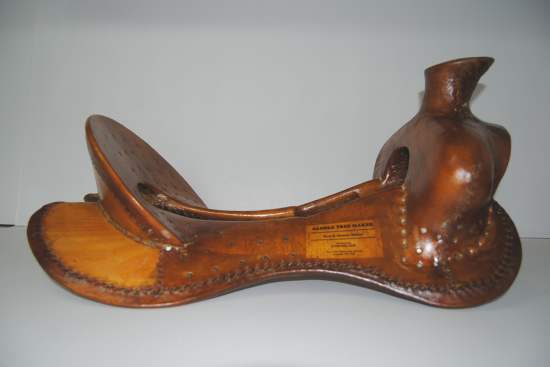
One of Rod's goals when he started building trees was to make a tree that was easy for saddle makers to build on. If we can do things in the way we build the tree that makes the life of a saddle maker easier and speeds up the process of building the saddle, then we will try to do them. We have had more than one saddle maker tell us that the time they save in building on one of our trees more than makes up the extra price of the tree compared to a production tree. So here's a few of the things that we do.
Smoothness of the tree
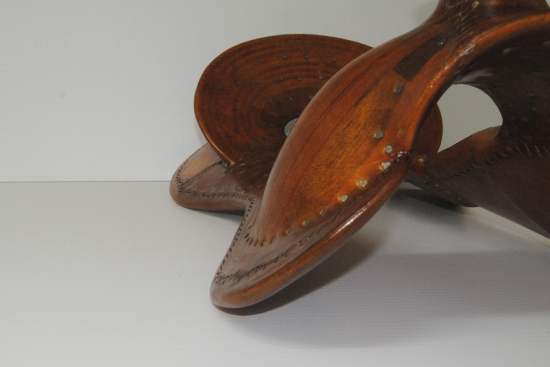
When we ship out a tree, it is ready to build on. We don't expect the saddle maker to have to reset or add more nails to hold down the hide to the tree, to smooth down lumps and bumps, to figure out how to deal with lumpy seams, etc.
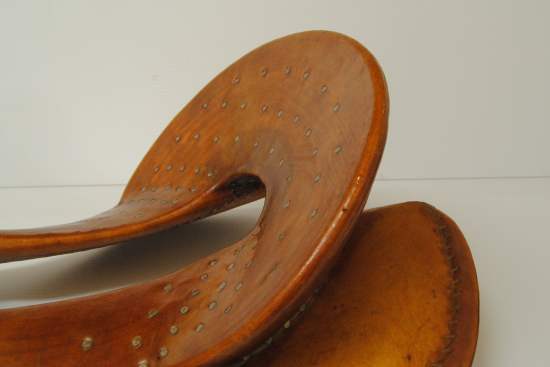
It is our job to make sure the rawhide dries well, the nails are tight, the seams are flat, etc. So Rod takes a lot of time babysitting the trees.
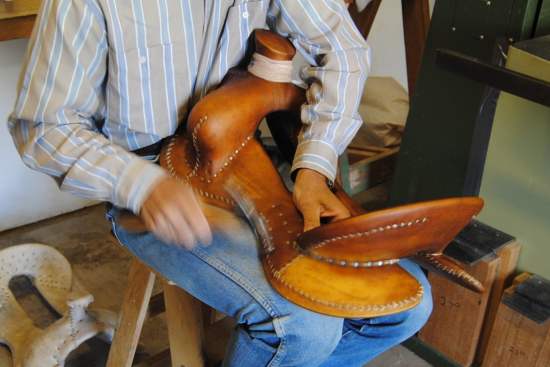
Seams are pounded twice a day till they are flat and dry.
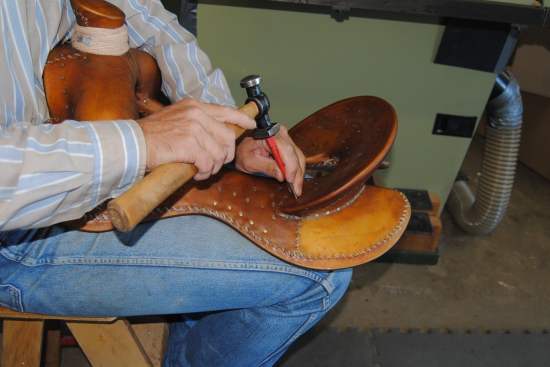
Nails are checked daily and reset as necessary.
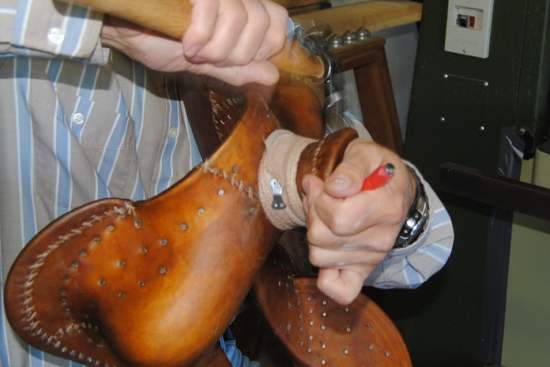
Horns are wrapped and unwrapped regularly to keep them tight to the horn and yet give them time to dry.
Symmetry
I can’t tell you how many people after working on one of our trees for the first time have said in amazement “I can make a pattern for one side, flip it over, and it fits the other side!” The first time I heard this I was confused. Isn’t that how it’s supposed to be? Yes it is, but apparently it isn’t all that common with some trees. Having trees that really are consistently symmetrical cuts down the time spent “modifying” to get things the same side to side.
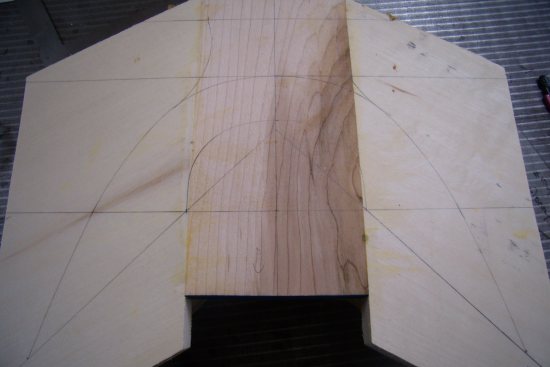
So how do we do this? I put up a previous post on how we make sure our cantles are symmetrical. We do the same with the forks - marking out each part of the tree very carefully with precise angles using specialized measuring tools we had made because we weren't happy with the accuracy of the plastic ones we could buy. Then we are very particular about how things are shaped and have many ways of double checking our work. Sometimes being mildly neurotic about things is an advantage...
Center lines
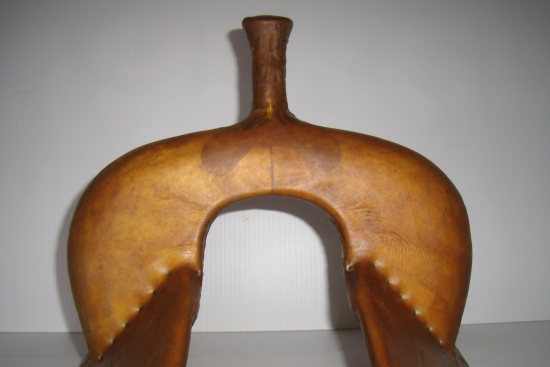
Since everything is laid out from a center line to start with, all we have to do is keep those center lines, darken them with felt pen before we varnish the tree, and they are there for the saddle maker to use in laying out his patterns.
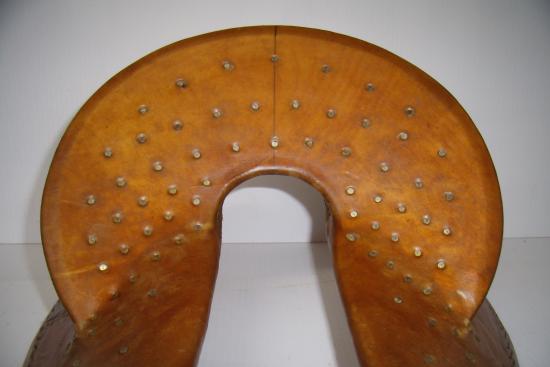
We originally started out with just ticks in some spots but over time have added full lines in more places as saddle makers have requested them. It takes very little extra time for us to keep and darken the center lines, but it saves the saddle maker a whole lot of time and fooling around trying to find the true center.
Shape of the seat
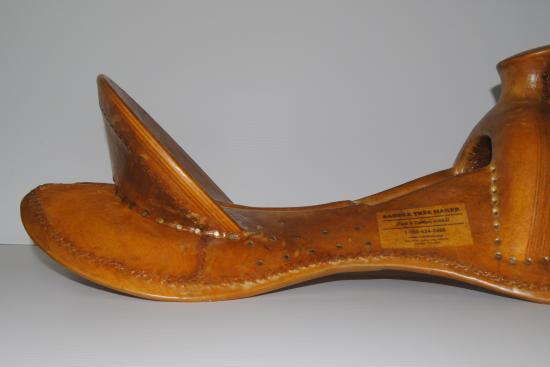
Every saddle maker builds his ground seat differently, but there are a lot of common ideas among good saddle makers about how they want the seat shaped. Because Rod learned to build trees from a guy who was a saddle maker first and a tree maker later, the seat he learned to put into his trees was pretty much the shape his instructor wanted in the final saddle as well.
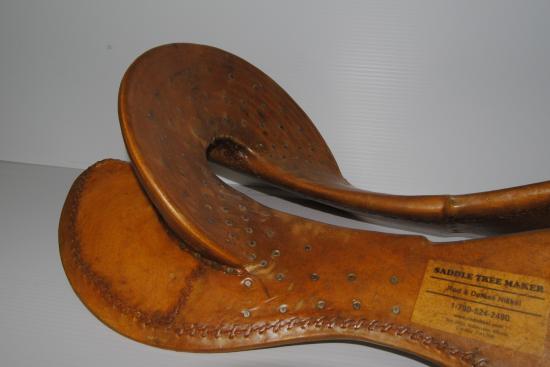
Over the years he has made small changes here and there to that shape based on input from saddle makers he really respects. So putting a ground seat in one of our trees means a lot less time shaping because the shape of the seat in the tree is already what you want.
Special modifications for how you like to build your saddles
Unless it affects the function of the saddle in a negative way, Rod will try to fulfill your special requests. For example, the amount of rise in the seat.
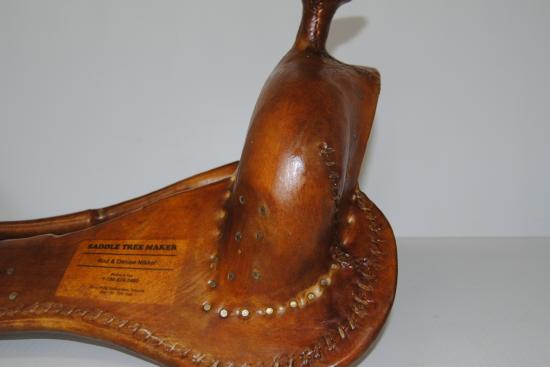
We have our standard amount of rise to our seat.
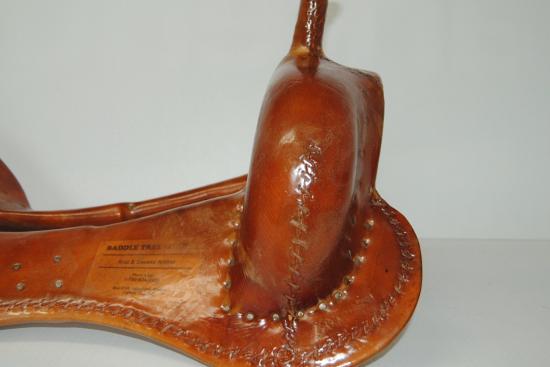
But some people want a flatter seat We can flatten it 1/2", 1/4", or whatever you want.
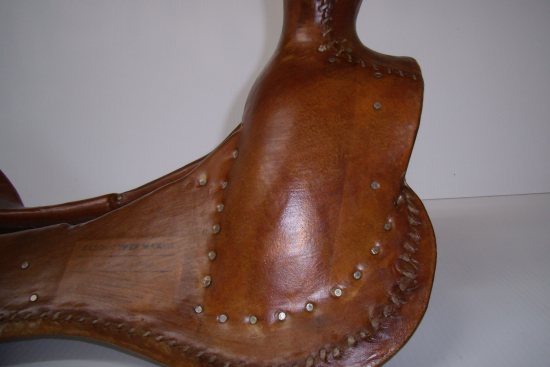
Some people have asked for bar risers to be put in - so we put in bar risers. It saves a lot of time for the saddle maker if they are built into the tree rather than him having to add multiple layers of leather.
We've done some fairly unique modifications for saddle makers to help them build their saddles easier and faster. Just another advantage of getting a truly custom tree.
